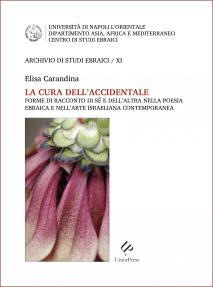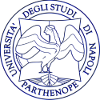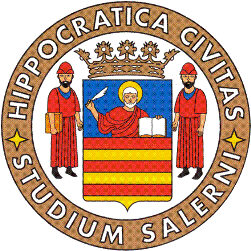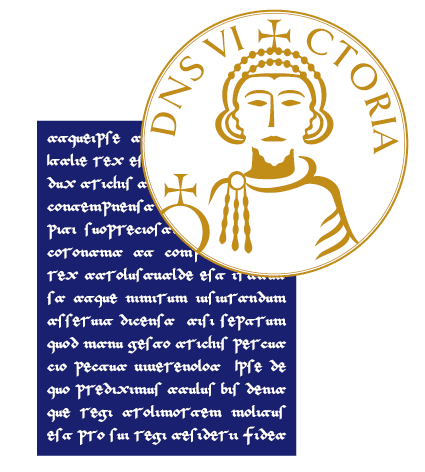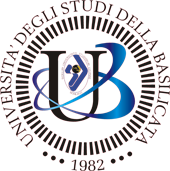La cura dell’accidentale. Forme di racconto di sé e dell’altra nella poesia ebraica e nell’arte israeliana contemporanea
Keywords:
Miriam Oren, Michal Heiman, Ebrew Literature, visual arts, Contemporary Hebrew Poetry, Israeli photography, Gender StudiesSynopsis

Publisher: UniorPress
Series: Archivio di Studi Ebraici
Pages: 132
Language: Italian
NBN: http://nbn.depositolegale.it/resolver.pl?nbn=urn:nbn:it:unina-28030
Abstract: This volume explores a new narrative and cultural model that can be defined as "horizontal toledot" and that can be used as a way to read several literary and artistic practices in Hebrew literature and contemporary Israeli art. This model integrates the inscription in a cultural context with the search and creation of a genealogical line that is no longer linear, hierarchical, and prescriptive, but horizontal and made of encounters. More precisely it is made by the others' stories, especially the ones who has been suppressed in the search for universal symbols, and the story of the self as narrated by them. Horizontal narratives, then, that become stories and history by creating a family where one can recognize and welcome others as well as feel welcomed.
To illustrate the different forms that these horizontal toledot can take, three examples have been chosen.
The first one, analysing a selection of texts by the poet Miriam Oren, introduces the notion of encounter with the other as a way to discover the self, following Adriana Cavarero's notion of the opacity of the self to himself/herself. This notion will be then developed in relation to the rewriting of the figure of Eve.
The second chapiter deals with the notion of encounter with the story of the other as expressed in Bracha Serri's pseudonymous and her definition of the poetic self in a practice of resistance to the available models where the fragmented body plays a major role.
The third and last chapter is dedicated to Israeli artist Michal Heiman and her exploration of the interpretative and visual models available in order to define the feminine subject. After deconstructing known models, the artist develops new ways of defining the self and taking responsibility for the other.
The path described through these three voices and those that these creators evoke shapes a chorus of individual stories which do not intend to represent anything but themselves and the scandal of their uniqueness.
Downloads
